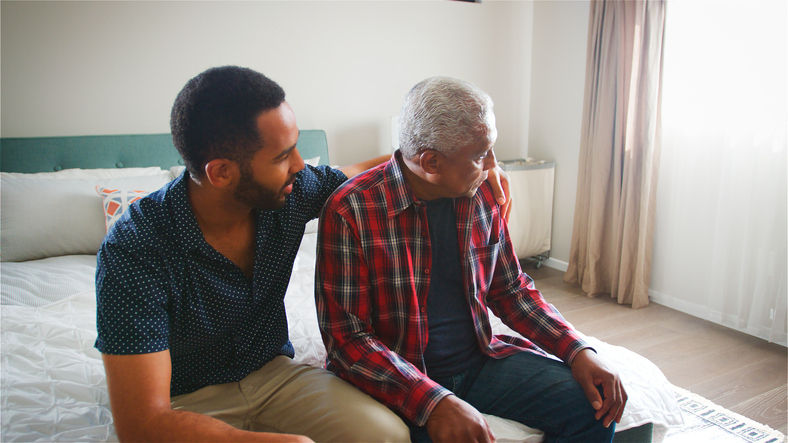GUEST COLUMN: Reducing Re-Hospitalization Starts at Home
- Elder Care Law Blogger
- Jan 5, 2021
- 3 min read
Updated: Oct 6, 2022

By Debbie Miller
Fall. Hospital. Rehab. Repeat.
Sound familiar? If it does, you are not alone. Adverse events that lead to re-hospitalizations among seniors are rising at an alarming rate. With the population aging, the increase in hospitalizations is of great concern to seniors, their families, healthcare systems, government payors, and insurance companies. Keeping seniors safe at home, especially during a pandemic, is of the utmost importance to everyone involved.
The sad reality is that 20% who leave the hospital will be readmitted within 30 days and more than half will be readmitted within one year. The good news is 76% of readmissions are preventable. How do we prevent these adverse events and why aren’t we doing it? It takes an individualized approach because each patient has a unique set of circumstances when they get home. These are called Social Determinants of Health. Researchers have found that Social Determinants of Health have a greater influence on health outcomes than genetics or clinical care.1 More than 90% of hospital readmissions can be traced to non-clinical factors like having insufficient support for day-to-day functional needs after a patient is discharged to the home.2
If we are going to ever impact readmission rates, we need to understand what we are sending patients home to and how they will manage once they get there. For example, how will a discharging patient pick up their medications? Who will help him/her reconcile what medications are at home and which ones should or shouldn’t be taken? Imagine that the discharging patient is 85 years old, has limited mobility, no longer drives, lives with her 90-year-old husband who she cares for because he has dementia, and she has mild cognitive impairment herself! Does this sound like an accident waiting to happen? As a home care provider for over twelve years, I can tell you, this is a common scenario! In fact, this little lady has a 90% probability of ending up back in the hospital within 30 days based on a new scoring tool called LIFE Profile™.
LIFE Profile™
Until recently, there was no objective way of identifying health risks associated with Social Determinants of Health. Thankfully, there is now a scoring tool that helps us identify, measure, and address all relevant social, behavioral, functional, and environmental influencers that put a patient at risk of harm. Based on 20 years of research following 75,000 senior patients as they discharged home from the hospital, the tool scores patients in the five key areas that determine success or failure at home.
Medical Condition Management: The ability to monitor medical conditions and follow a medication regimen.
Safety: Identify hidden risks and areas of concern around the home.
Independence: The ability to safely perform daily activities in the home.
Caregiver Burden: The availability of resources and care from family, caregivers, and the community.
Quality of Life: Access to enjoyable leisure activities and social interaction.
We can stop the revolving door of re-hospitalizations by taking the time to assess our patients in these five key areas, working together with families to address the areas of concern, and putting a system in place that mitigates those risks.
Debbie Miller is the owner of Senior Helpers, a local company that provides in-home care for seniors. To contact Debbie or to learn more about LIFE Profile™, call (615) 431-8398 or visit SeniorHelpers.com.
1. University of Wisconsin Population Health Institute, “Different Perspective for Assigning Weights to Determinants of Health” – February, 2010.
2. Andrew Auebach, et. al. “Preventability and Causes of Readmissions in a National Cohort of General Medicine Patients” – Journal of American Medical Association, April, 2016.







From redstone contraptions to giant pixel art Eaglercraft gives you the tools to bring your imagination to life in a totally open and flexible environment.